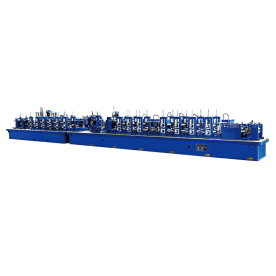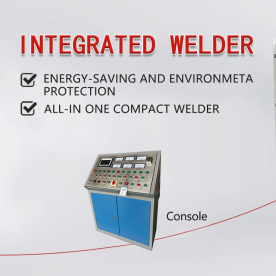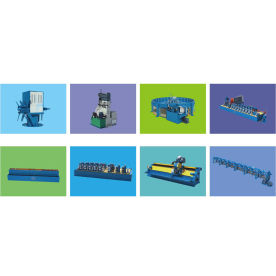[Pipe mill production line]Pipe Mill Production Line: An Overview of Processes and Technologies
News 2025-4-27
The pipe mill production line is a crucial component in various industries, including construction, plumbing, and oil and gas. This intricate system involves several processes and technologies to convert raw materials into finished pipes products. In this article, we will explore the pipe mill production line, its processes, and the latest technologies used in this industry.
What is a Pipe Mill Production Line?
A pipe mill production line is a series of machines and processes that convert raw materials into pipes products of different sizes and shapes. This line typically includes processes such as steel billet heating, rolling, sizing, straightening, and testing. The production line also involves the use of advanced technologies like computer-aided design (CAD) and manufacturing (CAM) systems to ensure precision and efficiency.

Pipe Mill Production Line: An Overview of Processes and Technologies
1. Raw Material Preparation: The first step in the pipe mill production line is the preparation of raw materials such as steel billets. These billets are heated to the required temperature for rolling. 2. Rolling Process: In this stage, the heated billets are passed through a series of rolling mills to reduce their thickness and shape them into pipes blanks. 3. Sizing and Straightening: The pipe blanks are then passed through sizing rolls to achieve the desired diameter and wall thickness. After sizing, the pipes is straightened to ensure its structural integrity. 4. Welding: For large-diameter pipes production, the process involves welding of steel plates or sections to form a continuous pipe. 5. Quality Control: After the pipe is formed, it undergoes various quality control tests to ensure its mechanical properties and structural integrity. These tests may include visual inspection, pressure testing, and chemical analysis.
Latest Technologies Used in Pipe Mill Production Lines

Pipe Mill Production Line: An Overview of Processes and Technologies
Conclusion

